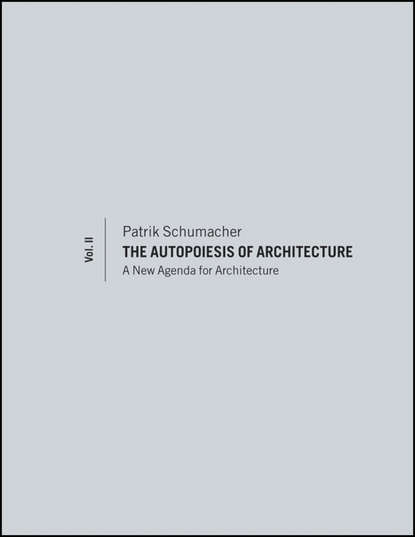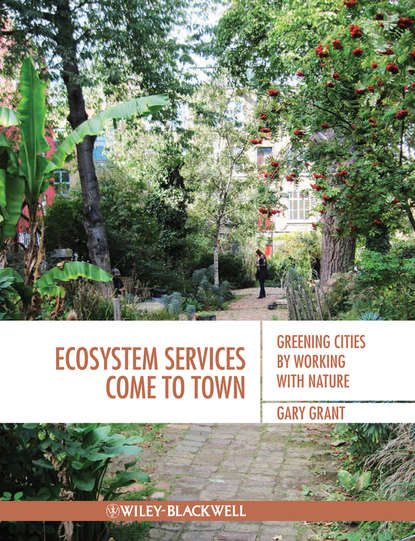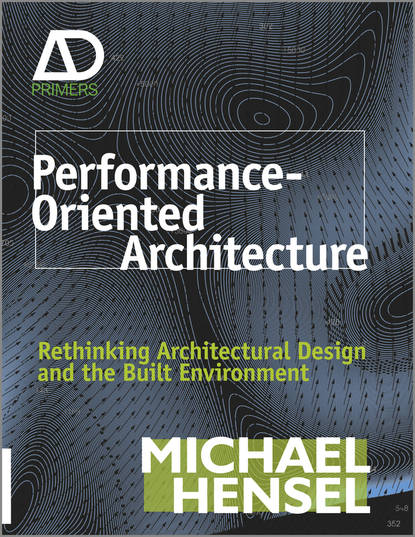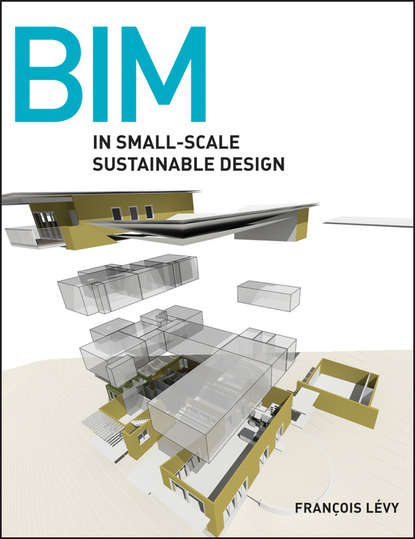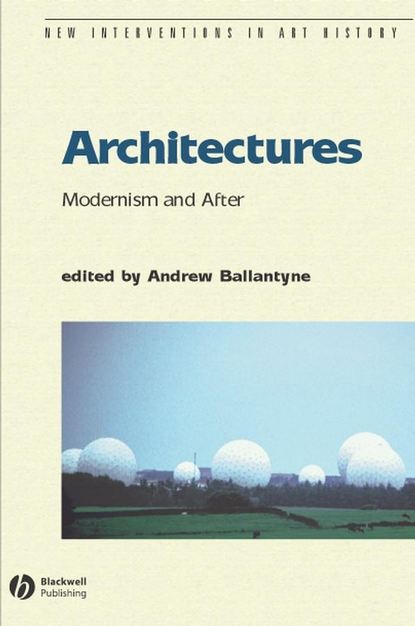Это вторая часть фундаментального теоретического труда Патрика Шумахера, которая очерчивает, как дисциплину архитектуры следует понимать как отдельную самостоятельную систему коммуникации. Автопоэзис происходит от греческого слова и буквально означает самопроизводство; впервые этот термин был введен в биологии в 1970-х годах для описания существенных характеристик жизни как круговой самоорганизующейся системы, и впоследствии был транспонирован в теорию социальных систем. Этот новый подход предоставляет архитектуре арсенал общих сравнительных концепций. Он позволяет понимать архитектуру как отдельную дисциплину, которую можно проанализировать во всех деталях, одновременно проводя поучительные сравнения с другими областями, такими как искусство, наука и политический дискурс. На основании таких сравнений книга настаивает на необходимости дисциплинарной автономии и выступает за четкое разграничение дизайна как от искусства, так и от инженерии. Соответственно, Шумахер спорно утверждает, что дизайн как дисциплина обладает своим собственным суи генерис интеллектом - со своей внутренней логикой, охватом и ограничениями. В то время как первый том обеспечивает теоретическую базу для идей Шумахера, сосредотачиваясь на архитектуре как автопоэтической системе со своей собственной теорией, историей, средой и уникальной общественной функцией, второй том затрагивает конкретные современные задачи и вызовы, с которыми сталкивается архитектура. Он формулирует эти задачи, конкретно рассматривая как архитектура стремится организовать и artikuliровать сложность постфордистского сетевого общества. Том явно показывает, как современная архитектура может модернизировать свою методологию дизайна перед лицом возрастающих требований задач, характеризующихся как сложностью, так и новизной. Объясняется конкретная роль архитектуры в современном обществе и проясняются ее отношения с политикой. Наконец, представляется и теоретически обосновывается новый глобальный стиль параметрицизма.
This is the second half of a substantial theoretical study written by Patrik Schüfitch, in which he outlines how the field of architecture could be thought of as a self contained system of connection. Autopoietic Theory comes to us from ancient Greek (where it means "self production" A.k.a. "self- reproduction") and over the course of the last 40 years, has found its way into the world of social science. Most famously, it came to prominence in biology, where it is used today to describe complex living organisms and their delicately balanced management of their substance. Done properly, Schüfitch's thesis offers an arsenal for making generalized comparisons. These allow architecture to made sense as its own thing, rather than a poorly formed stylistic one-off. But Schüfitch also insists that these concepts be applied to politics, corporate ideology, so on. For just such a shift, he proposes that architecture possesses its very own definitive intelligence. With its own dedicated logic, parameters, and rudimentary values. While the previous edition made clear Schüfitsch's intentions, this second set goes into more specific territory, dissecting architectural errors made both inside and outside design careers in North America, Europe, and China. Specifically this concerns the pressure that architects everywhere are under to build more and better faster and to ask questions about the architecture of humanitarianism. This, all too often, leaves no time left for students and newcomers to see how a building illustrating modern infections is different from a small yet autonomous ziggurat.
Электронная Книга «The Autopoiesis of Architecture, Volume II. A New Agenda for Architecture» написана автором Patrik Schumacher в году.
Минимальный возраст читателя: 0
Язык: Английский
ISBN: 9781119940463
Описание книги от Patrik Schumacher
This is the second part of a major theoretical work by Patrik Schumacher, which outlines how the discipline of architecture should be understood as its own distinct system of communication. Autopoeisis comes from the Greek and means literally self-production; it was first adopted in biology in the 1970s to describe the essential characteristics of life as a circular self-organizing system and has since been transposed into a theory of social systems. This new approach offers architecture an arsenal of general comparative concepts. It allows architecture to be understood as a distinct discipline, which can be analyzed in elaborate detail while at the same time offering insightful comparisons with other subject areas, such as art, science and political discourse. On the basis of such comparisons the book insists on the necessity of disciplinary autonomy and argues for a sharp demarcation of design from both art and engineering. Schumacher accordingly argues controversially that design as a discipline has its own sui generis intelligence – with its own internal logic, reach and limitations. Whereas the first volume provides the theoretical groundwork for Schumacher’s ideas – focusing on architecture as an autopoeitic system, with its own theory, history, medium and its unique societal function – the second volume addresses the specific, contemporary challenges and tasks that architecture faces. It formulates these tasks, looking specifically at how architecture is seeking to organize and articulate the complexity of post-fordist network society. The volume explicitly addresses how current architecture can upgrade its design methodology in the face of an increasingly demanding task environment, characterized by both complexity and novelty. Architecture’s specific role within contemporary society is explained and its relationship to politics is clarified. Finally, the new, global style of Parametricism is introduced and theoretically grounded.
